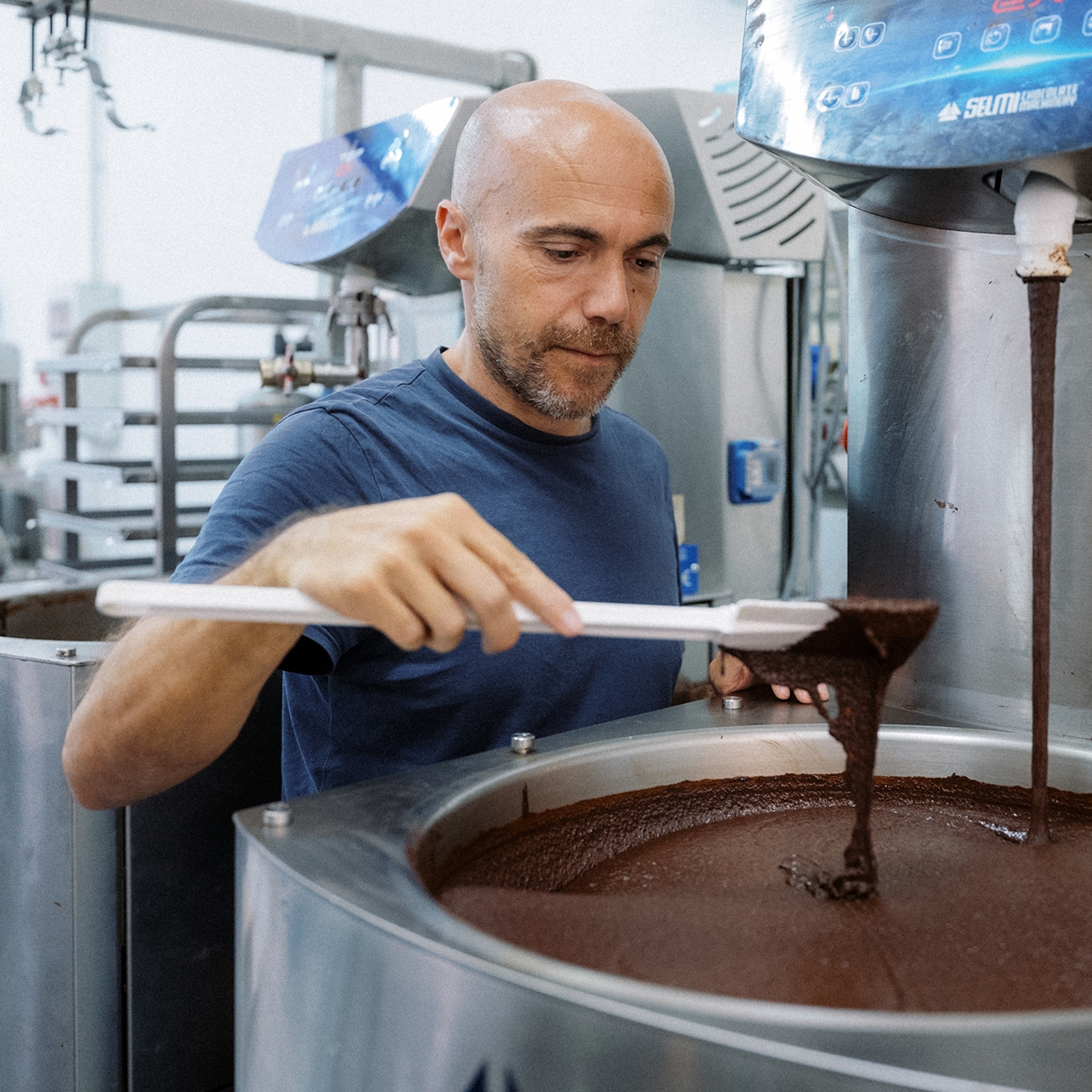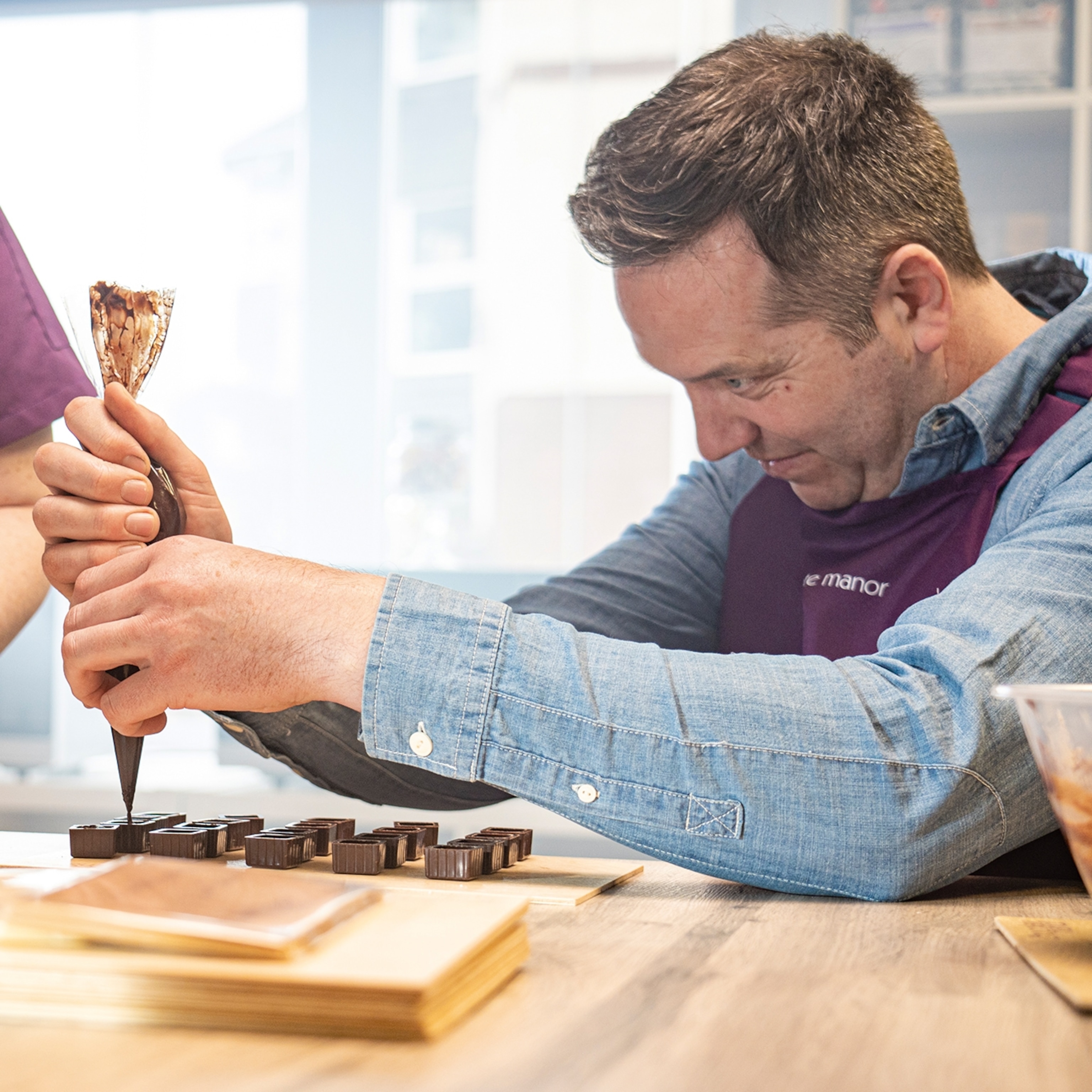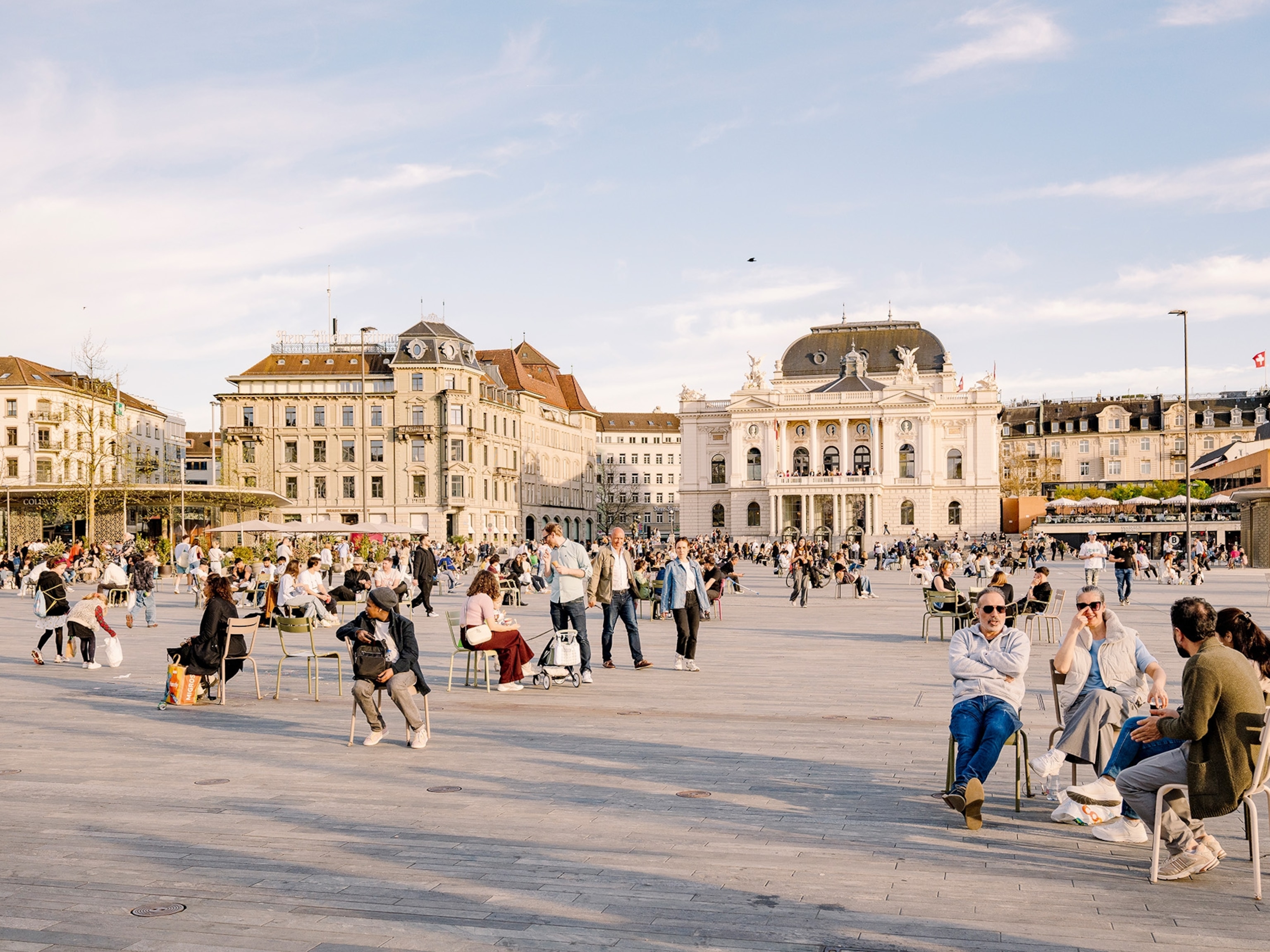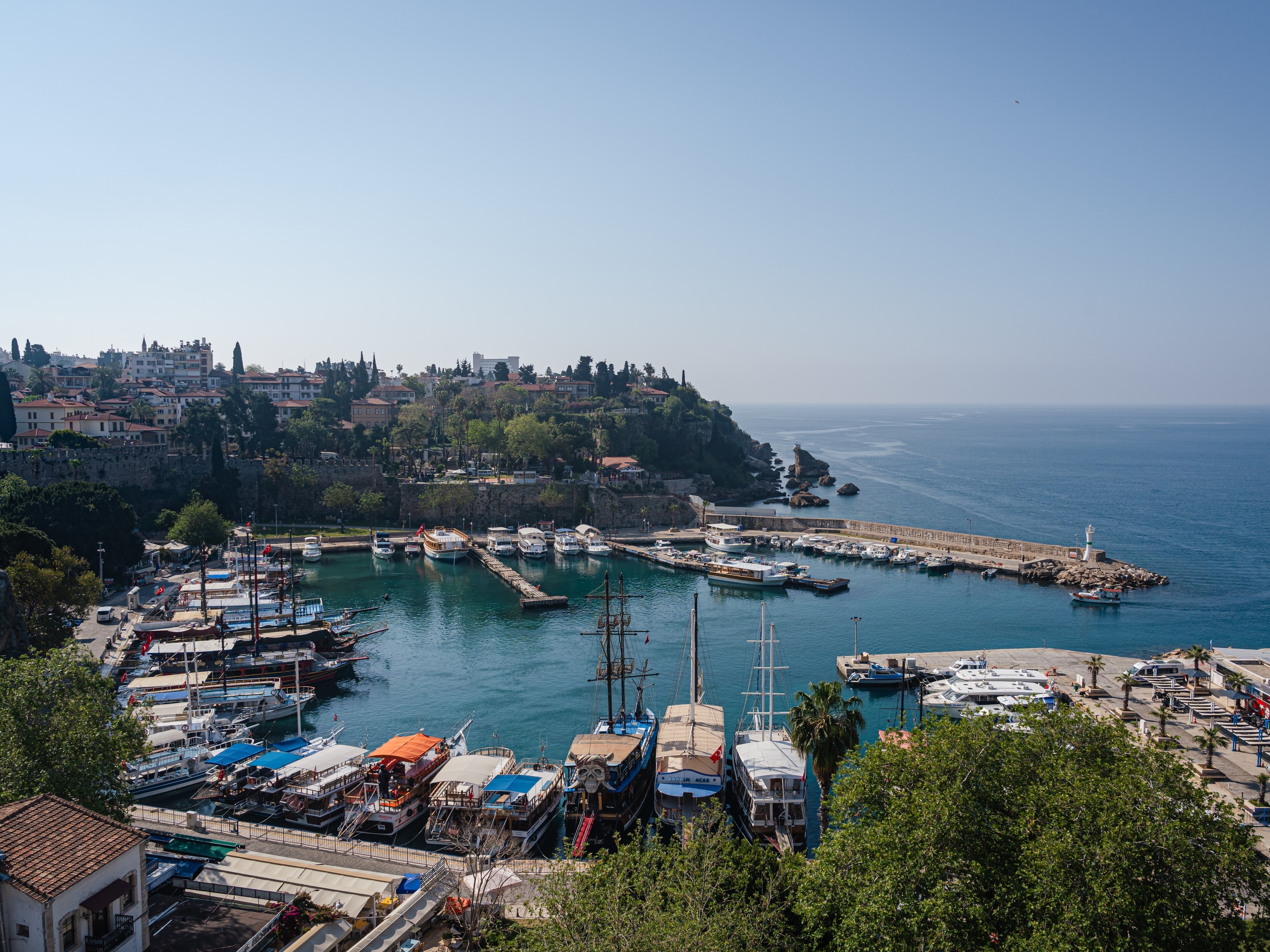
How Ecuador is falling back in love with chocolate
With Ecuador hailed as the birthplace of chocolate, local producers, chefs and farmers are once again being creative with cacao.
Woodsmoke. Oregano. Beef. This is chocolate like I’ve never tasted it before. But there’s a good reason for that — it’s made using Ecuador’s rarest and oldest variety of cacao and aged in barrels and boxes.
I crack open a chest made from Spanish elm and peek inside at the dark coins — button-shaped pieces of untempered chocolate that will be melted and turned into bars. I’m hit by an aroma of sweet, smoky paprika, mixed with a touch of citrus. Someone else detects fresh hay. We taste a piece and agree, curiously, that it has a hint of camembert.
To’ak Chocolate is one of Ecuador’s most interesting chocolate companies, and part of a growing movement; tree- and bean-to-bar brands, chocolatiers, chefs and farmers reclaiming their country’s cacao and reversing the centuries-old trend of the best beans being exported. At To’ak’s lab/HQ in Quito, cognac barrels and bulging hessian sacks sit by the door, and the air smells sweet and fruity. There’s a ping, ping, ping down the corridor where workers sort beans, and a loud whisking sound, followed by a rhythmic whacking. I follow the noise to a kitchen, where I find the resident chocolatier Ricardo Fernández vigorously tapping a mould.
“We want to turn mass production on its head and elevate cacao and chocolate to something really special again,” says Jerry Toth, an American who co-founded To’ak with local woman Dennise Valencia and her Austrian husband, Carl Schweizer. “Ecuador is the Burgundy of the chocolate world — and, archaeologically and scientifically speaking, it’s the motherland of cacao.”
Jerry’s referring to a recent discovery from the ancient Mayo Chinchipe culture that reroutes chocolate’s known origins from Mexico and Central America to Ecuador’s southern Amazon basin, 5,000 years ago. In short, it’s now being argued that Ecuador gave the world cacao.
In a forested valley in Manabí Province, the 14 farmers supplying To’ak are protecting this legacy. Their trees are some of the country’s only remaining Ancient Nacional, an aromatic variety once thought extinct that traces its lineage back to those first domesticated cacao trees. To help ensure their survival, Jerry is now grafting them (binding a twig from one of the rare Nacional trees onto a sapling to grow a new tree) at the 1,4000-acre coastal Jama-Coaque Reserve, created in 2007 via his nonprofit foundation Third Millennium Alliance.
“For centuries, cacao and chocolate were revered,” Carl explains. “When the Spanish arrived, instead of gold, they found chests of cacao.”
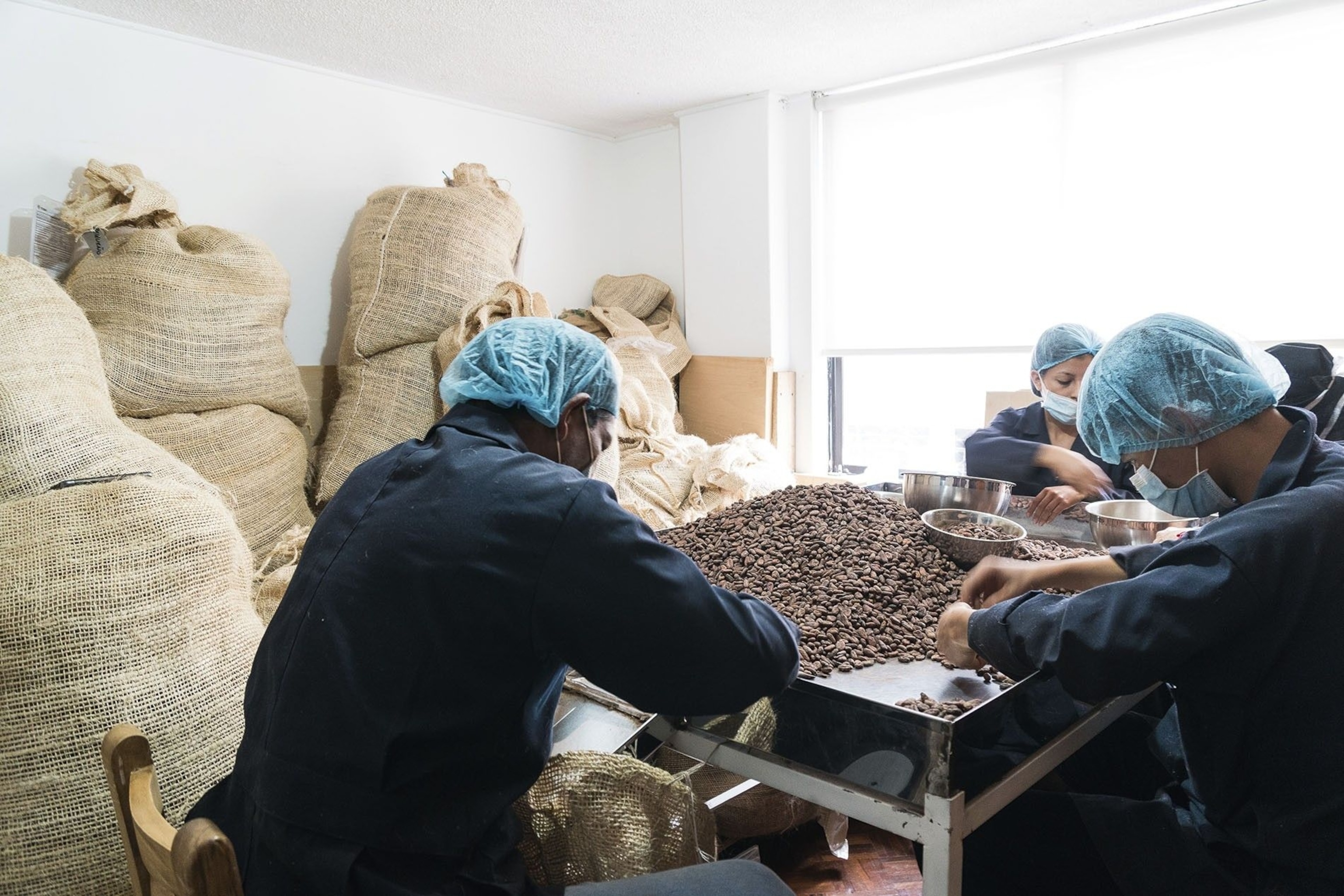
At its best, chocolate has a huge spectrum of flavours and aromas. Ecuador’s high-quality ‘fine’ cacao is sought after for its fruity, floral tones, and accounts for approximately 60% of fine cacao sold globally, according to Ecuadorian government figures. Only around 5% of the world’s cacao is classed as ‘fine’; the rest — cheaper, ‘bulk’ cacao — is used for mass production.
Like wine, fine chocolate has a terroir, meaning its flavour changes depending on the soil in which its grown and the climate. I try dark squares from To’ak’s 2016 harvest — an El Nino year — tasting of thyme and rosemary, and others grown in 2017, a year said to have been blessed with perfect conditions for chocolate. These have a deep, red berry flavour and a creamy maltiness.
“It’s the beauty of Mother Nature,” smiles Carl, sliding a 20kg Andean elder chest towards me. Its contents have been aged and infused by the wood for four years. It punches out a sultry smokiness, laced with oregano, tobacco, and even — I try to get my head around this — a beefy note. “It’s alchemy,” laughs Carl. “We’re finding we can do many things with cacao.”
Outside, flat-roofed houses in pink, blue and yellow line the slopes of the Andes all the way down to Centro Histórico, Quito’s Old Town, characterised by Spanish colonial-era buildings, narrow streets and plazas. At an altitude of almost 9,200ft, the air is thin — but here, among the clouds, is the perfect place to try the food of the gods. The local people certainly think so. Everyone I speak to has a story about chocolate: the waiter who grew up eating cacao beans on his parents’ orchard; the taxi driver who likes the sweet local bars; and the hotel concierge who remembers his grandmother’s hot cocoa.
As a chocolate lover, I’m spoilt for choice. Along Calle La Ronda, one of Quito’s oldest streets, I try dark truffles laced with rose water, and others filled with sherberty passion fruit. Near the Basílica del Voto Nacional, I slurp ‘frozen chocolate’ (an iced drink topped with a thick layer of cream) and eye up peppercorn pralines and a dark chocolate sorbet. And in a bakery full of chocolate-dipped biscuits, I emerge with the shining ganache of a brioche bun round my face.
Chocolate con queso — hot chocolate with cheese — is the most popular way for Ecuadorians to consume cacao, and it’s advertised everywhere. Intrigued, I place an order at a cantina called Restaurant Chocolate Tradicional. It’s crammed with locals, and the sweet smell of roasting plantain wafts in from vendors outside. The waitress brings me a steaming mug of cocoa with a hunk of bread and cheese on the side. The cheese is a cross between crumbly feta and squeaky halloumi. I ask where the cacao is from — “Ecuador” is her defiant answer.
This cheap snack, designed to provide warmth to combat the mountain chill, is traditionally made by grating a block of cacao into hot water or milk. I’m unsure how to tackle it, so play around, dunking the bread, then the cheese, before sprinkling bits of cheese into the mug, where it softens and goes gooey. The chocolate is light, with an unsweetened, malty flavour, and the cheese tastes mild and salty. Somehow, the combination works, and I can see why it’s Ecuador’s comfort food of choice.
As I’m still unsure about the required dining etiquette, I head to Casa Gangotena. The hotel, set in a grand, colonial-era building on Plaza San Francisco, has teamed up with Quito-based chocolate maker Hoja Verde to rework the local staple. In the sumptuous, orchid-clad lounge, I’m brought a mug of dark, 69% cocoa solids chocolate. It’s lightly spiced with cinnamon, cloves and orange peel and is so deliciously thick I need a spoon.
“My grandpa used to put all his cheese in his cup and let it melt, then eat it with the spoon,” says Alfonso Díaz, the hotel’s concierge. “But there really is no one way.” So, with a new-found confidence, I stir in the queso cubes, sip the dark sweetness, and melt into my chair.
Later, I head across town to the La Floresta neighbourhood, which has a bohemian feel, thanks to its vegan cafes and coffee shops. I’m there to meet Santiago Peralta, co-owner of award-winning Ecuadorian chocolate brand Pacari, at his newest shop. The shelves are stuffed with bars, each studded with natural ingredients like blueberry, mint, lemongrass and yucca, and made using cacao sourced from 3,500 Ecuadorian farming families.
“When we started, chocolate was a purple packet with a cow and a picture of the Swiss Alps,” Santiago says, rolling his eyes. “But what’s that got to do with where chocolate comes from? Now is the dawn of a new era — and we finally understand the value of our raw ingredients. We can become the Swiss chocolate makers of the Andes. I’d rather do anything than export raw cacao beans.”
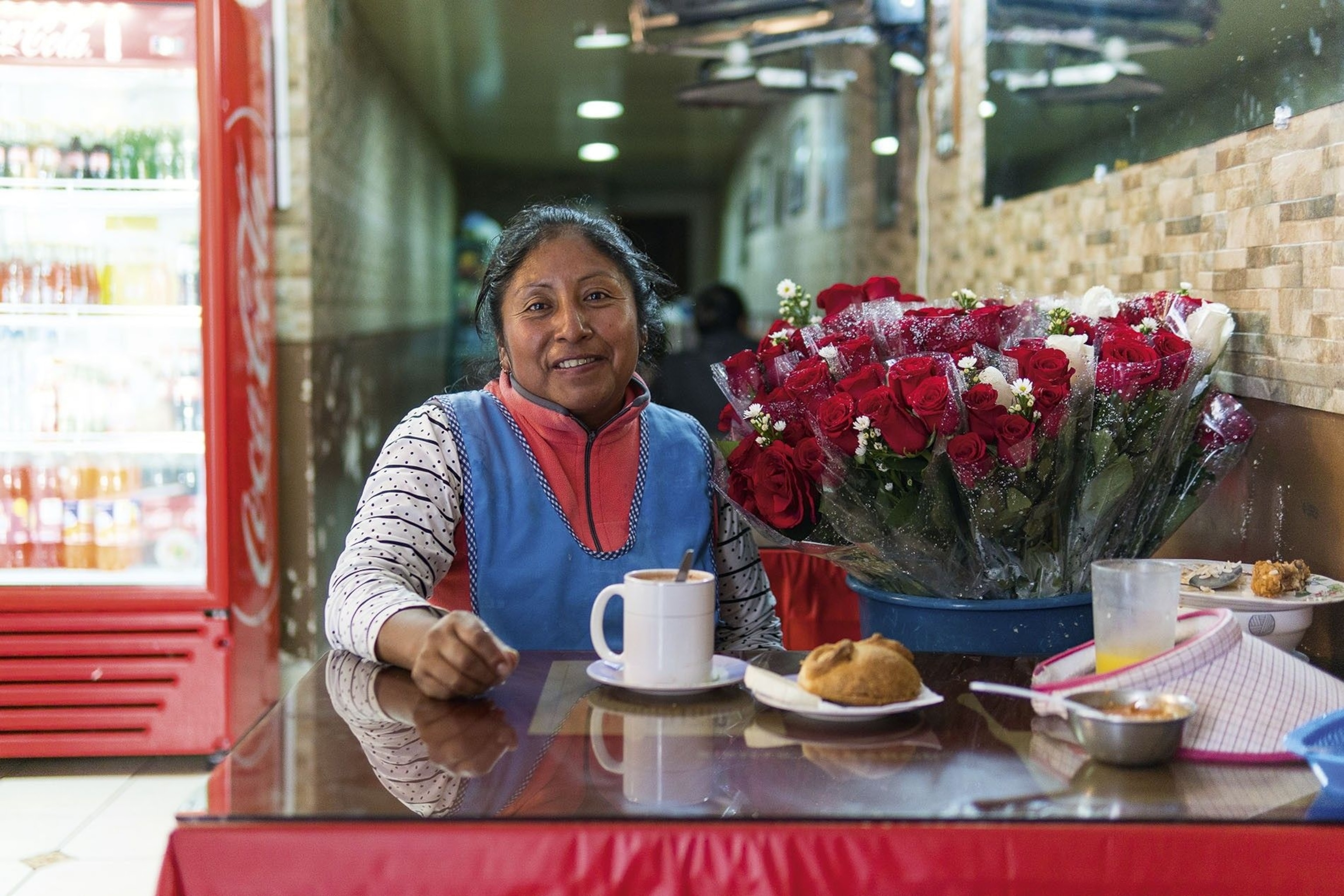
Down on the farm
Ecuador’s newfound pride in its chocolate is beginning to benefit its cacao growers. In Piedra de Plata, a misty jungle valley between Quito and the coast, Jerry takes me to meet some of To’ak’s farmers who are harvesting their crops. They welcome me with shy smiles and lead me down to a gorge dotted with Ancient Nacional trees — some 130 years old.
It’s shady and there’s a quiet magic among the old, gnarly trunks. One of the farmers, Divino, shows me the bumpy-looking yellow cacao pods before twisting them off the trunks and branches. Another farmer then uses a pole with blades attached to harvest the fruit from the canopy. Jerry cracks open a pod, revealing a cone of fleshy white fruit, with the beans buried inside. I suck one — it’s gelatinous like a lychee, with a sweet taste that reminds me of bananas, honey, and flowers, all at once.
To’ak pays farmers like Davino eight times more for this rare cacao than they’d get on the open market. “It’s been a game changer,” he says. “Cacao and chocolate weren’t seen like this before. Now everyone in the world knows about our valley — we’re very proud.”
The cacao is taken to the farm of Servio Pachard, a fourth-generation cacao grower. Once there, he ferments and dries the beans. This, says Jerry, is the most critical part of the process — fermentation breaks down tannins and polyphenols, reducing the bitterness and releasing the finer, more subtle flavours. The better the fermentation, the less sugar will be needed.
Servio leads me through a grove of trees and shows me the fermentation boxes, stacked in ascending tiers. Over five days, the beans will be moved from the top to the bottom row to mix the crop. “The first day it’s dripping all its juice,” says Servio. “Then is starts to smell like wine.”
In the greenhouse next door, Servio runs his hands through a sea of drying beans laid out on huge racks. “It’s like a nice hand massage,” he says. I copy him, making circular movements. Then Servio selects a bean and hands it to me. I crack it open, peel off its papery shell and bite. It bursts with floral flavours and a rich bitterness, like good red wine.
From here, the To’ak beans are sent to Quito where they’re sorted, roasted, de-shelled and ground into tiny ‘nibs’. These are liquified through further grinding and heating and turned into 20kg blocks. The chocolate is then melted and cooled through a process called tempering and set into moulds.
To show me how he makes chocolate from his own beans, Servio puts a pan on a fire by the farmhouse and heats a handful of sand — the hot grains will help the beans roast without burning on the hot pan, he explains. Servio adds the beans, stirring all the time, and they crackle and pop as they shed their shells. Scooping them out, he peels them, pours them into a grinder and starts turning a handle. A thick, dark paste squeezes out. I catch a bit with my finger — it’s the texture of peanut butter and has a hint of sweet vanilla. Servio then rolls the chocolate into fat, sticky balls just like his grandmother once did.
A few days later, I head south to Hacienda La Danesa, towards the port city of Guayaquil. There, the Olsen family are on a mission to put Ecuador on the map for sweet-toothed travellers wanting to experience cacao at its source. I find their immaculate hacienda down a long drive, surrounded by a garden of red flowers and stables of bright-eyed ponies. I’m welcomed with cooling lemonade and offered a range of cacao ‘experiences’. I opt for the tempering workshop and spend the next half hour gleefully spreading a giant pool of liquid chocolate across a marble top, before setting it into bars and sprinkling with coconut, chilli and chia seeds.
Daniel Ampuero, a young chef-chocolatier, making a name for himself in Guayaquil, has been working with the Olsens to develop their range of chocolate experiences. Today, he’s cooking a special lunch for guests in the family’s sunny kitchen, surrounded by copper pots hanging from the ceiling.
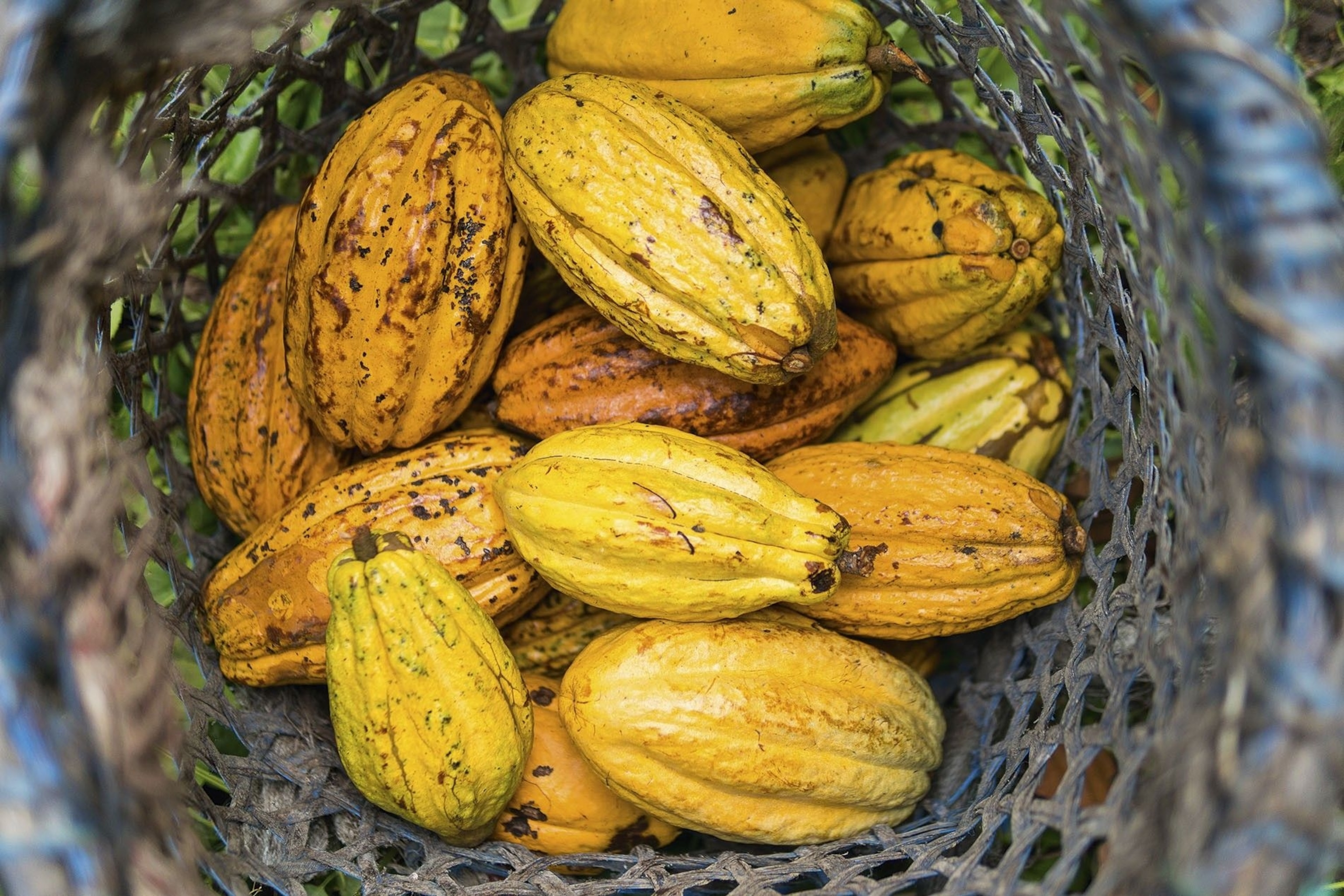
After making a zingy ceviche using cacao juice in place of lime, Daniel whips up an eye-opening main course. Using chocolate buttons, cacao juice, cacao powder, garlic, onions, red peppers and pineapple, he makes a rich chocolate sauce. As he pours it over two frying minion fillets of Andean beef, a sweet smell rises from the sizzling pan. Daniel plates it up and I dig in to my first meat-and-chocolate combo. The fruity, balsamic-flavoured sauce complements the beef so well I wonder why it’s not as common as lamb with mint, or pork with apples.
“I’m so proud to be Ecuadorian and to be working with chocolate,” says Daniel. “Each year, there are more chefs, places and chocolate companies working together and trying to change the mentality around chocolate. It’s never boring to work with — you can use it in savoury dishes, pastries, ice creams, pralines, and you can use the cacao powder, butter, nibs, even the pods and the juice.”
Thirty-one-year-old Neils, who represents the fourth generation of the Olsen family to farm cacao here, recognises the potential of Ecuador’s new artisanal wave and believes things are just getting started. “Chocolate is bringing new opportunities for farmers,” he says. “We’re opening our doors to international travellers, but if the tourism and cacao industries can work together, we can build a recognised ‘cacao and chocolate region’. Colombia is known for its coffee from the Zona Cafetera, Melbourne for its wine from the Yarra Valley, and Mexico for its Tequila town. Ecuador’s chocolate and regions deserve the same recognition. It’s time.”
Essentials
Getting there
There are no direct UK–Quito flights. One-stop carriers include Iberia, KLM and American Airlines.
Where to stay
Casa Gangotena has rooms from $450 (£356); Hotel Carlota from $210 (£166). Both B&B.
How to do it
Expedia offers three nights at Casa El Edén, Quito, from £994. Includes KLM flights from Heathrow.
Brown & Hudson offers the four-day Discover Ecuador with To’ak Chocolate, with helicopter safari to Piedra de Plata and Jama-Coaque Ecological Reserve, from £5,950 per person based on two sharing as part of a wider tour.
Flights from Quito to Guayaquil cost £30 with LATAM Airlines. Hacienda La Danesa offers an airport pick-up for $70 (£55).
More info
ecuador.travel/en
Published in issue 6 (September 2019) of National Geographic Traveller Food.
Follow us on social media
Twitter | Facebook | Instagram | Flipboard
